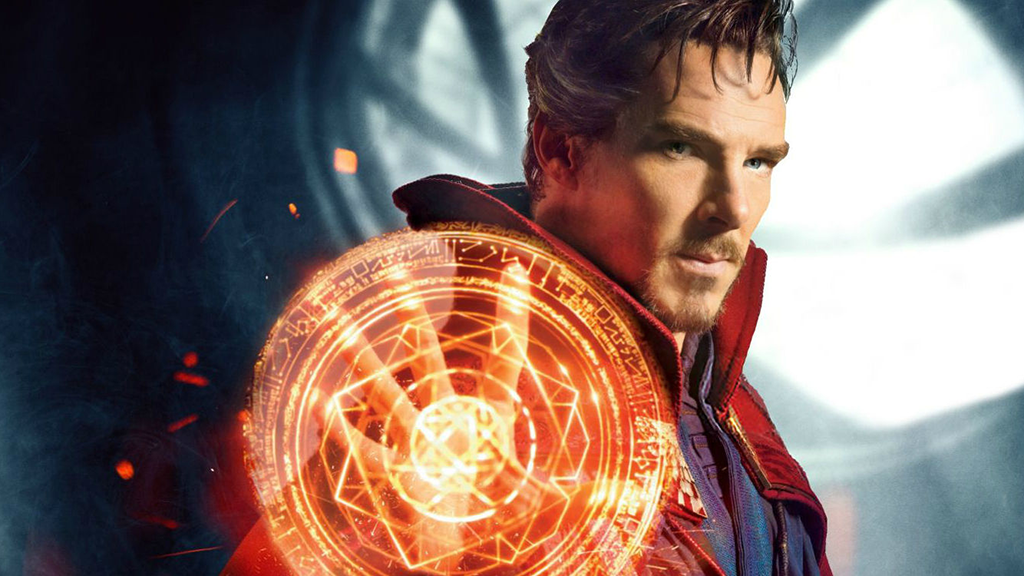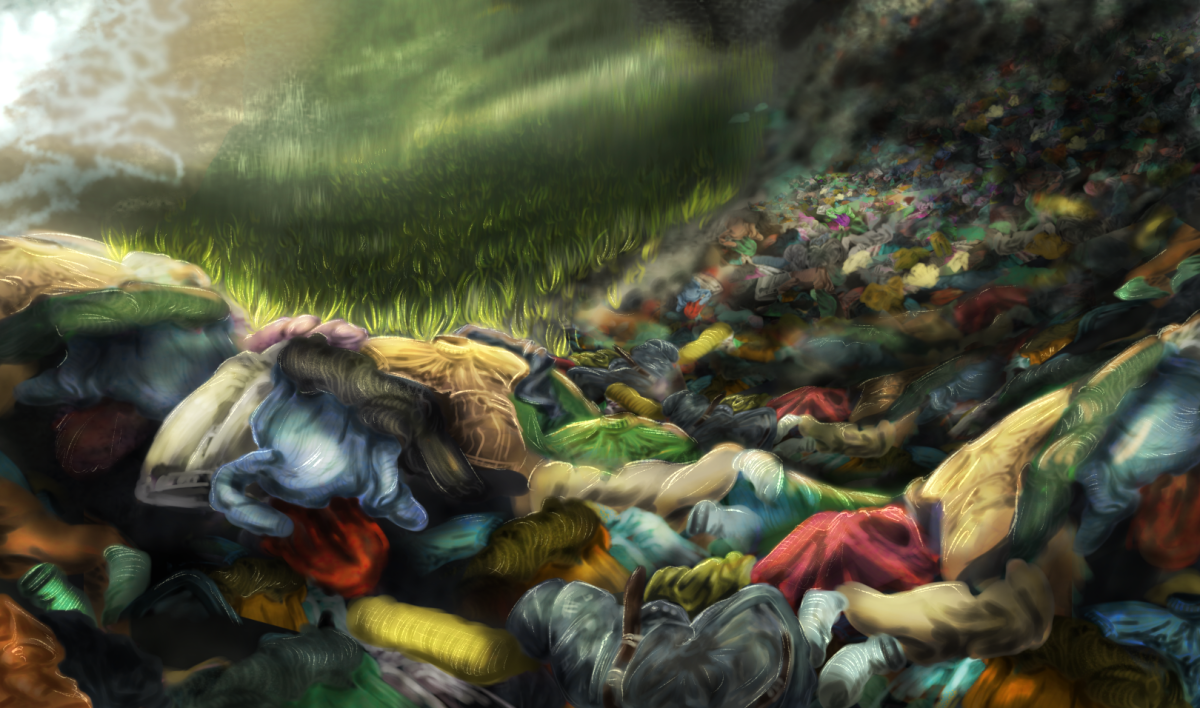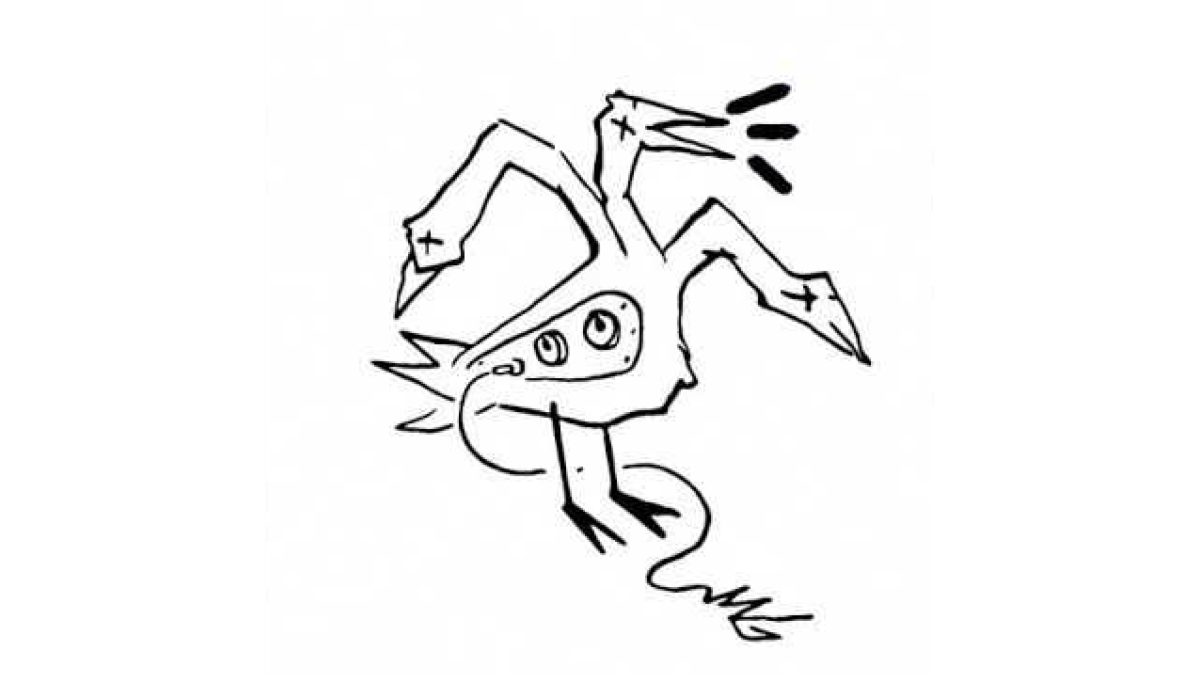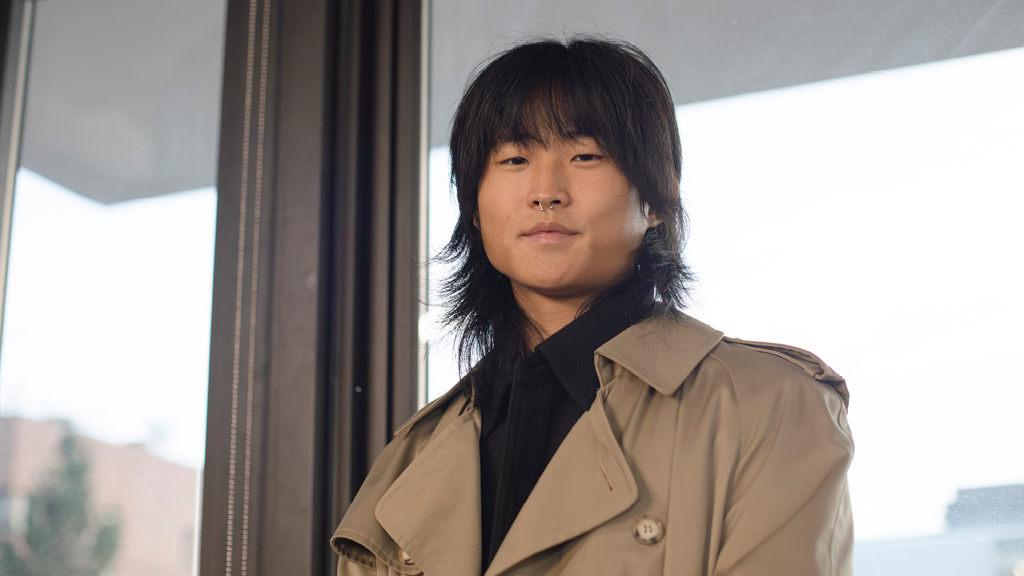As the year comes to a close and with the final superhero blockbuster movie arriving, one can’t help but look back to how 2016 treated the lucrative genre. Warner Bros Pictures fired out its expanded cinematic universe, 20th Century Fox had a massive hit in “Deadpool,” and Marvel Studios started the third wave of their films. “Doctor Strange” marks the conclusion of Marvel Studios’ two-films-a-year template, as they move into the upcoming years with three films slated for release. Considering that last year’s “Ant-Man” was weighed down by its production challenges, one could be forgiven for fearing the same for “Doctor Strange.” However, “Doctor Strange” fortunately shows few negative signs of the transition and provides a moderately enjoyable, if insubstantial, viewing experience.
Directed by Scott Derrickson and starring Benedict Cumberbatch, “Doctor Strange” continues Marvel Studios’ deeply entrenched formula for film making, for better and worse. “Doctor Strange” revolves around the titular character who, after an accident, goes on a reality-bending journey to recover and return to his normal life. Desperate for solutions, Strange crawls his way to Kathmandu, Nepal, and learns the mystic arts and inevitably becomes a magic-wielding superhero.
The film’s story beats can practically be sung along to, with every plot point suffering from the feeling that we’ve already seen this story a dozen times before. While this is quite common for Marvel films, what is disheartening is that the film’s opportunity to provide a unique structure and tonal experience is squandered. For a film about exploring the unknown and expanding horizons to accept the unfathomable, “Doctor Strange” is as safe and nonthreatening as a cynical viewer can expect.
The biggest issue that “Doctor Strange” suffers from is its clumsy pacing. The film rushes to get to its rather underwhelming third act climax and breezes through all of the connective tissue that makes the world of magic interesting. Any Harry Potter fan can tell you that a tremendous part of the appeal of the word of magic is the day-to-day experience of the world of Hogwarts and learning to become a better wizard. “Doctor Strange” has no patience for the learning aspect of magic, and Doctor Strange seems to turn from a novice to the chosen savior of the magic realm in what feels like mere hours.
The struggle is almost all front-loaded, with a majority of the journey focusing on overcoming the initial hurdles. When characters make allusions to the passage of time, it feels impossible to believe because it was told instead of shown to the viewer. What makes this particularly egregious is that the climax is extraordinarily underwhelming and the resolution feels unfinished. When the film concluded, I was hit with the unfortunate thought of “Oh, is that it?”
While the film has significant problems in its underwhelming premise and troubled pacing, it proves to be an engaging ride simply through the story’s presentation.
The special effects are quite enthralling and have recurring motifs that convey extraordinary delight. The visuals strongly emphasize rotating circles, kaleidoscope patterns and glass like structures — all of which provide a feast for the eyes. The reality-bending aspect that magic provides allows for the film to wear visual imagination on its sleeve.
The film’s biggest highlight is in its final fight scene, where multiple layers of visuals are interacting with one another while directly impacting the fight choreography. The scene used its world to deliver a multidimensional and fluid fight scene, and while the fight itself is rather unimpressive, the way it was presented is engaging.
One of the biggest criticisms against the Marvel Cinematic Universe as a whole is its awful villains and “Doctor Strange” is no different. The universe has a villain problem in which antagonists fail to provide a meaningful threat and come across as a minor, poorly motivated obstacle for the hero to banter at. Kaecilius, portrayed by Mads Mikkelsen, is terribly half-baked, with completely inane villain speeches and incredibly shallow motivations. To make matters worse, he is easily defeated in the second act of the film, which eliminates all tension from the rest of the film. It is unfortunate that there are 14 films into this series and not one of them has a compelling villain. The remainder of the supporting cast is forgettable, underutilized, and exists solely for Cumberbatch’s Strange to exchange quips at.
Furthermore, the film desperately attempts to have a serious tone backed by an epic scope and a rich and thorough mythology. However, the constant slapstick and attempts at humor distract from this and provide a disjointed experience.
While DC films are accused of being too married to directorial vision and then be edited beyond repair in post-production, Marvel films come across as safe and comfortable.
Unfortunately, the supporting characters are directly entangled with the film’s controversy at a genetic level. Many characters have their races swapped from their original incarnation and the biggest criticism comes from the portrayal of The Ancient One, who is played by Tilda Swinton. Instead of a Tibetan man, the character was portrayed by a Celtic woman, with critics on both sides arguing whether giving a role to an Asian actor is more important than the racist stereotype of the original character.
While the consistent issues that plague “Doctor Strange” stand out, the simple fact that it’s a Marvel film should tell you all that you need to know. The production quality is high, the dialog is amusing, the special effects are enjoyable, and the world it builds is wonderful. As a whole, “Doctor Strange” is an enjoyable ride that is well worth a watch.
In the greater context of the Marvel Cinematic Universe, the film stands out due to its impeccable visuals and clever handling of the final threat. However, the film doesn’t do enough to stand out from its 13 siblings and comes across as a perfectly safe and expected entry into the Marvel canon.
As an adaptation of one of the most bizarre, yet constant, characters in the Marvel universe, the simplification of Doctor Strange and his extended universe is to be expected, but disappointing nonetheless. Not all films have to challenge the mind, and Doctor Strange sits comfortably as a well-executed and engaging blockbuster.
7/10






